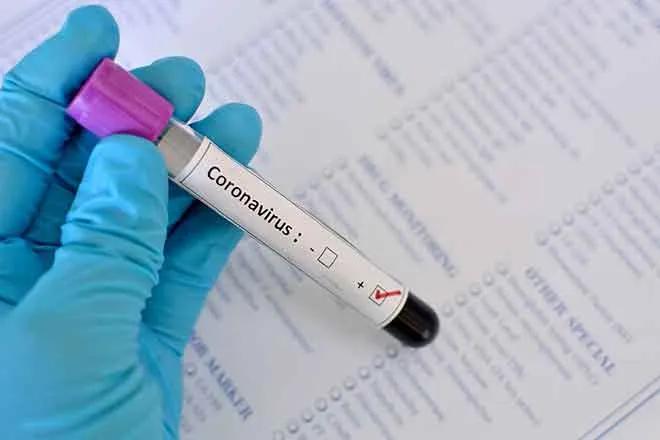
Dear Dietitian – Are plants or dairy products better sources of calcium?
Dear Dietitian,
I read your last column on calcium, where you recommended that we get the mineral in our diet rather than pills. Is it better to get calcium from plant foods or dairy products?
Just wondering
Dear Wondering,
Calcium is the most abundant mineral in the body, accounting for 39 percent of total body minerals. Most of us know calcium is needed for strong bones and teeth, but did you know it is also required for blood clotting? Calcium initiates the release of blood-clotting agents from your platelets. Other functions include regulation of heartbeat and nerve function.
While there are many calcium-rich foods, including tofu, navy beans, fortified juices, and plant milk, this column will focus on dairy and green vegetables. For adults, the Recommended Daily Allowance (RDA) for calcium is 1,000 mg up to age 50. That amount increases to 1,200 mg daily for women over 50 and men older than 70.
Dairy sources of calcium include milk, yogurt, and cheese. The calcium in these foods has a high bioavailability, meaning the body easily absorbs it. There are many delicious-tasting yogurts on the market today. I was surprised to learn that a 5.3 oz portion (about ½ cup) only provides 15 percent (150 mg) of the Daily Value (DV) for calcium. In comparison, 1 cup of plain, non-fat yogurt contains 45 percent DV (450 mg). Start with plain, fat-free yogurt to maximize calcium intake, then sweeten it with your favorite fruit. Or simply eat two cartons of the smaller, pre-packaged yogurts.
Dark, green leafy vegetables, such as kale, spinach, turnip greens, mustard greens, and broccoli, are good sources of calcium. The calcium in these foods is just as healthy as in dairy products, but you will need to consume larger portions of these vegetables compared to dairy. This is good since these veggies are also rich in folic acid and fiber. For example, 2 cups of cooked broccoli provide 360 mg calcium, or 36 percent DV. It is important to note the high levels of oxalate in spinach limits the bioavailability of calcium, restricting its absorption.
The bottom line is to keep it simple. Choose calcium-rich foods that you enjoy. Be sure to get these products in your diet every single day. And don’t forget about vitamin D, which is needed for calcium absorption. This mighty vitamin can be made from sunlight exposure and is also found in fortified milk, juice, and some cereals.
Until next time, be healthy!
Dear Dietitian
















